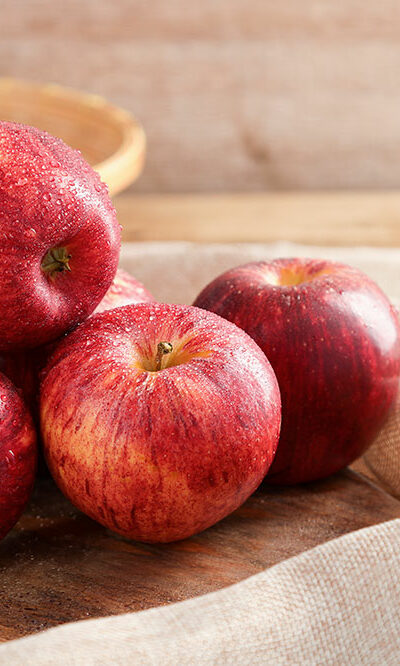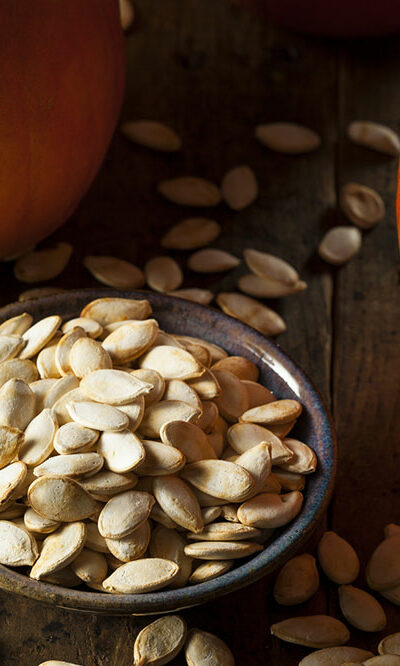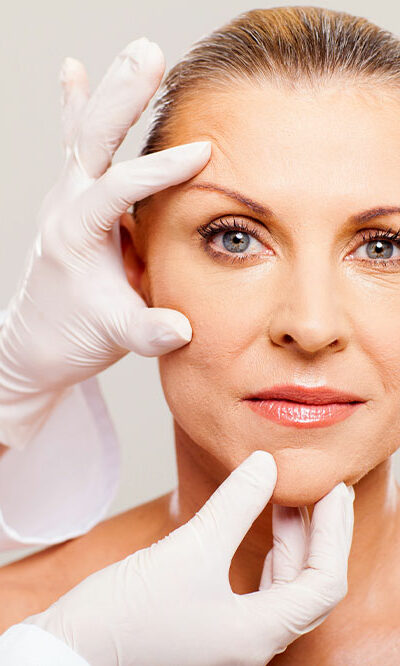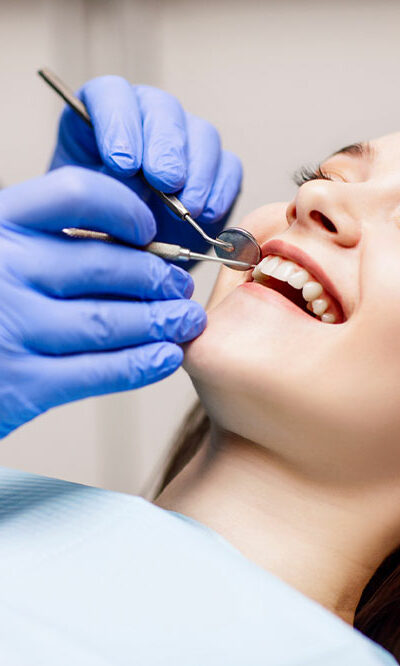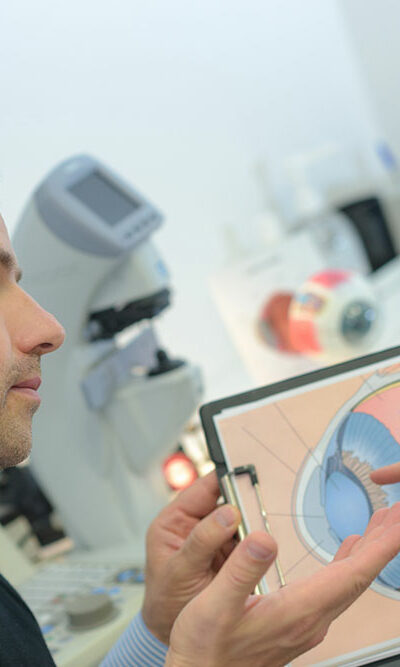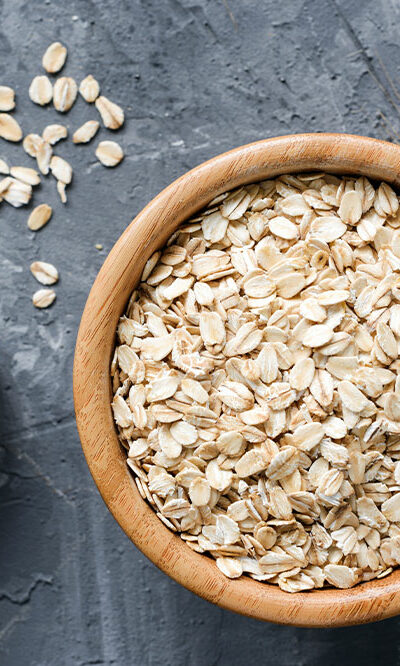
4 essential vitamins for optimum eye health
The eyes are complex organs and need a variety of nutrients to function optimally. Many common health conditions like glaucoma, cataracts, age-related macular degeneration, diabetic retinopathy, and others can negatively affect our eyes, which may lead up to a complete loss of vision. While some conditions like moderate astigmatism can be corrected using contact lenses or eye lenses, others can be prevented by consuming a healthy dose of these 4 vitamins: Vitamin A Vitamin A deficiency is one of the most common causes of blindness globally. Vitamin A plays a crucial role in maintaining a clear cornea (outside the covering of the eye). A person with this vitamin deficiency may find their eyes not producing enough moisture to stay lubricated. It is also essential for maintaining the eyes’ light-sensing cells called photoreceptors. A deficiency of vitamin A can also lead to xerophthalmia, a progressive eye disease that begins with night blindness. Continued deficiency can lead to the drying up of the eyes and tear ducts, and softening of the cornea, resulting in irreversible blindness. To maintain eye health, it is recommended to eat vitamin-A-rich foods, like sweet potatoes, leafy greens, pumpkins, squash, bell peppers, carrots, dairy products, egg yolks, and liver. Vitamin E Eye conditions have also been related to oxidative stress – the imbalance between the antioxidants and free radicals in the body. Vitamin E is a potent antioxidant that helps protect the eye cells from damage by these harmful, unstable molecules called free radicals. Some studies have reported that vitamin E may help prevent age-related cataracts. A vitamin E deficiency can lead to retinal degeneration and blindness. Vitamin E rich foods include nuts, seeds, salmon, avocado, leafy green vegetables, and oils like flaxseed, soybean, corn, and safflower. Vitamin C Vitamin C is another powerful antioxidant that can protect our eyes against free radicals.


